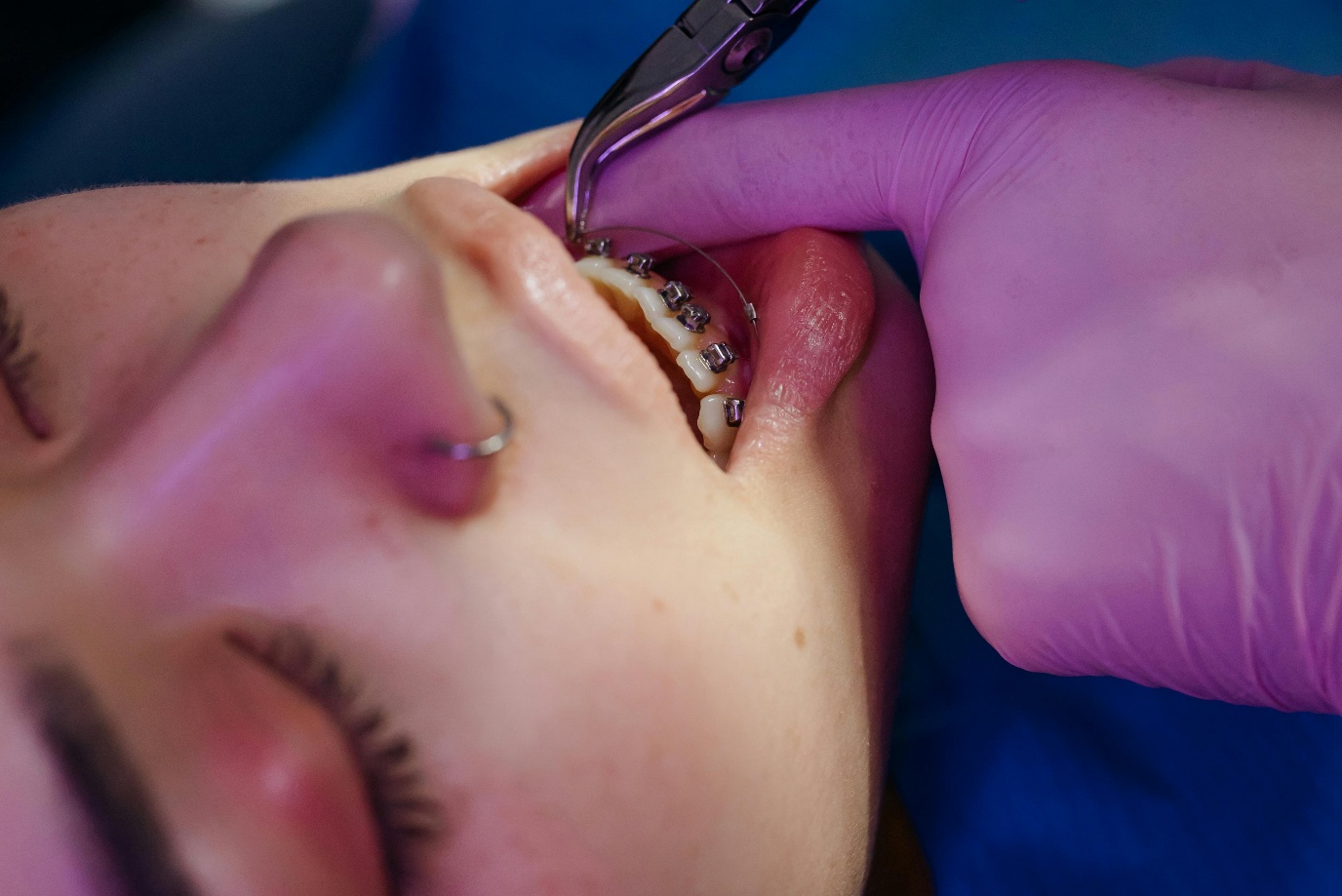Your two main alternatives for straightening your teeth with orthodontics are traditional braces and Invisalign. Choosing one over another could have big effects on experience and outcome. Both offer special advantages; thus, take time to choose the ideal approach for you. Whether you are visiting a Dentist Modbury or looking at options elsewhere in Australia, here is everything you should know about two well-known teeth-straightening procedures.
Their Method of Work
Conventional braces are made of wire-connected metal brackets adhesively attached to teeth. Realigning of your teeth progressively happens over time by use of repeated wire changes. Although metal braces are still the most often used option among those providing orthodontic treatment, some clinics use ceramic versions with tooth-colored brackets, which allow greater subtleness for better cosmetic outcomes.
Typically one or two sets every one to two weeks will move your teeth in progressively towards their optimal locations. Invisalign works differently; it moves teeth gently by using transparent aligners produced from medical-grade plastic and worn for at least 2 months.
Appearance and Discretion
Invisalign sets itself apart among consumers of both adults and teens with the practically undetectable look. Those self-conscious about having braces might find transparent aligners particularly appealing as they straighten teeth without drawing much attention to themselves. While ceramic braces could be less evident than metal ones, their visible brackets and wires typically make Invisalign the preferable choice when visibility is really important.
Comfort and Simplicity
After modifications, traditional braces may be uncomfortable; their wires and brackets irritate oral tissue by rubbing against lips and cheeks and against one another. Since Invisalign aligners lack metal components that irritate, they provide more comfort. Though some patients may experience minimal pain when swapping aligners back out again,
One of the main advantages of Invisalign is removable alignment. Braces make brushing and flossing around brackets more time-consuming, even if you may remove them for meals, non-water drinks, and dental hygiene.
Treatment Period
Timelines rely on the intricacy of the situation. For most patients, traditional braces endure 18 to 24 months; Invisalign therapy spans 6 to 18 months depending on the degree of severity. While neglecting to do so will postpone results and maybe extend treatment times, wearing aligners 22 hours daily has demonstrated speedier results.
Compatibility and Effectiveness
Braces may successfully treat difficult dental disorders like extreme crookedness, big gaps or major bite abnormalities. Strong, constant pressure from braces stays in place until your teeth naturally migrate over time. While more severe misalignments may call for braces, Invisalign performs well for minor to moderate misalignments; an orthodontic or dental consultation can help to decide which solution would be ideal in each case.
Economic Concerns
While traditional braces often cost less overall, your case complexity and treatment time will define the Invisalign and other brace costs. Over time, costs have reduced dramatically; your dentist or orthodontist might go over the whole cost with you and go over payment options to assist you choose which would match your budget.
Living Style and Maintenance
When deciding between Invisalign and conventional braces, one must give much thought to both maintenance requirements and lifestyle. Braces usually require regular orthodontic visits for adjustments keeping teeth cleaner can be more difficult with wires and braces in place; by comparison, Invisalign aligners offer more freedom due to their easy removal for cleaning or eating purposes; they must still remain worn 22 hours each day but failure to adhere will greatly extend treatment time; the commitment shown in keeping aligners clean will have an immediate, impactful result on treatment success!
Conclusion
Consider factors like appearance, comfort, treatment time, and fit for your individual tooth condition while deciding between Invisalign and traditional braces. See an expert to assist in balancing the advantages and disadvantages of every method. Knowing all options will enable you to choose the treatment that not only enhances your smile but also fits your taste and way of life.
